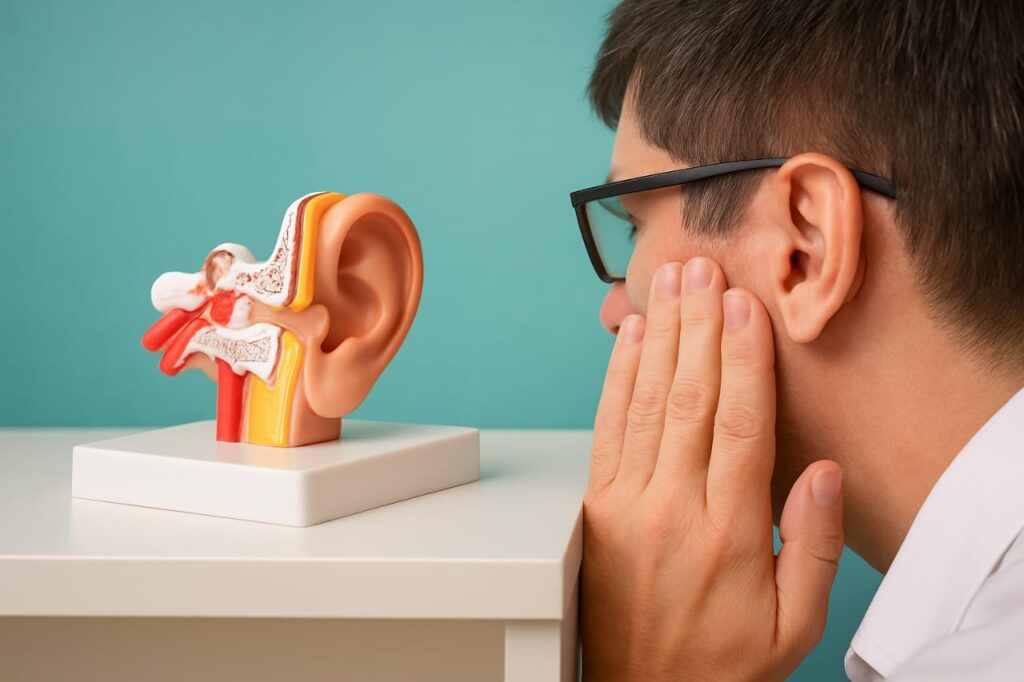Intro:
Hearing is something we often take for granted—until something goes wrong. But have you ever wondered how the simple act of hearing a honk, a whisper, or your favorite song actually happens? Let’s break down the science of hearing in the simplest way possible.
Step 1: Sound Starts with Vibrations
Everything that makes a sound—like a bell, a phone, or even your voice—creates vibrations in the air. These vibrations travel in the form of sound waves.
Step 2: The Outer Ear – Sound Collector
Your outer ear (what you see on the side of your head) catches these sound waves and funnels them into the ear canal.
Think of your outer ear like a funnel that guides sound to the right place.
Step 3: The Middle Ear – Tiny Bones at Work
The sound waves hit the eardrum, making it vibrate. These vibrations are passed on to three tiny bones in your middle ear:
Malleus (Hammer)
Incus (Anvil)
Stapes (Stirrup)
These bones amplify the sound—making it stronger—so it can move into the inner ear.
Step 4: The Inner Ear – Magic Happens in the Cochlea
Next, the vibrations reach the cochlea—a spiral-shaped organ filled with fluid and thousands of tiny hair cells. These hair cells convert sound vibrations into electrical signals.
Step 5: The Brain – Making Sense of Sound
These electrical signals travel through the auditory nerve to the brain, which recognizes and understands the sound—whether it’s a word, a song, or a siren.
Why This Matters:
Hearing isn’t just about the ears—it’s about how well this entire system works together. If any part is damaged, it can affect how clearly or completely you hear.
Conclusion
Understanding how we hear helps us understand how hearing loss happens—and how we can treat or prevent it.
If you or your child is facing difficulty in hearing or speech, we’re here to help.
Book a hearing consultation today at Hear Speak Rehabs—because better hearing leads to better living.

